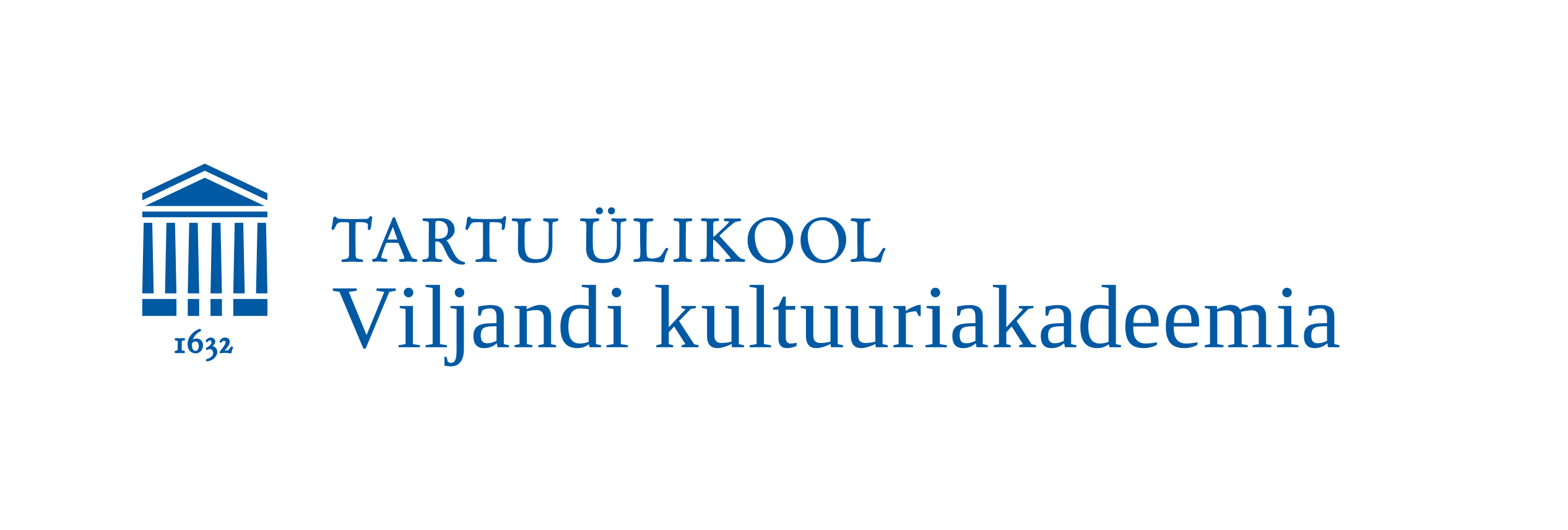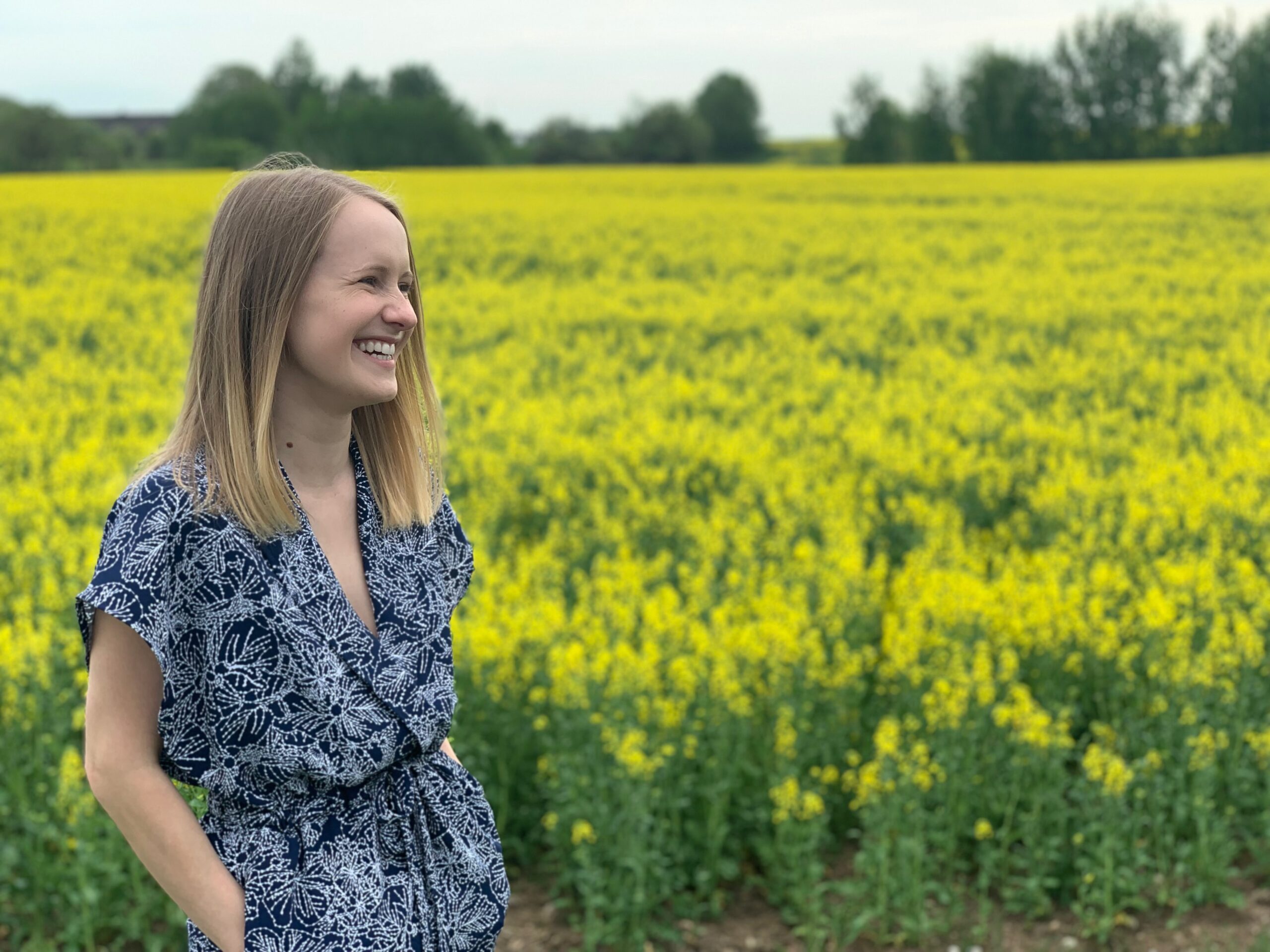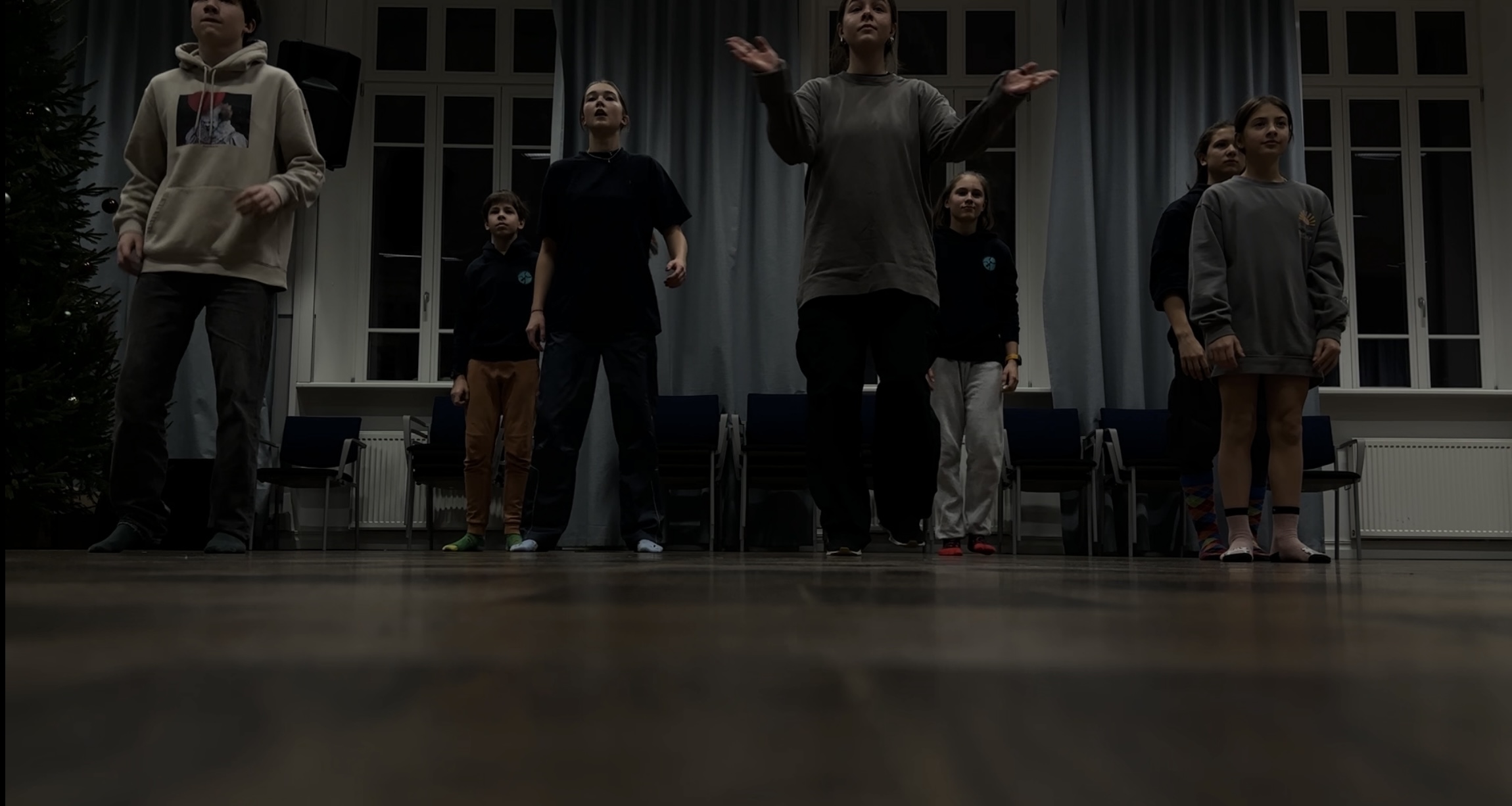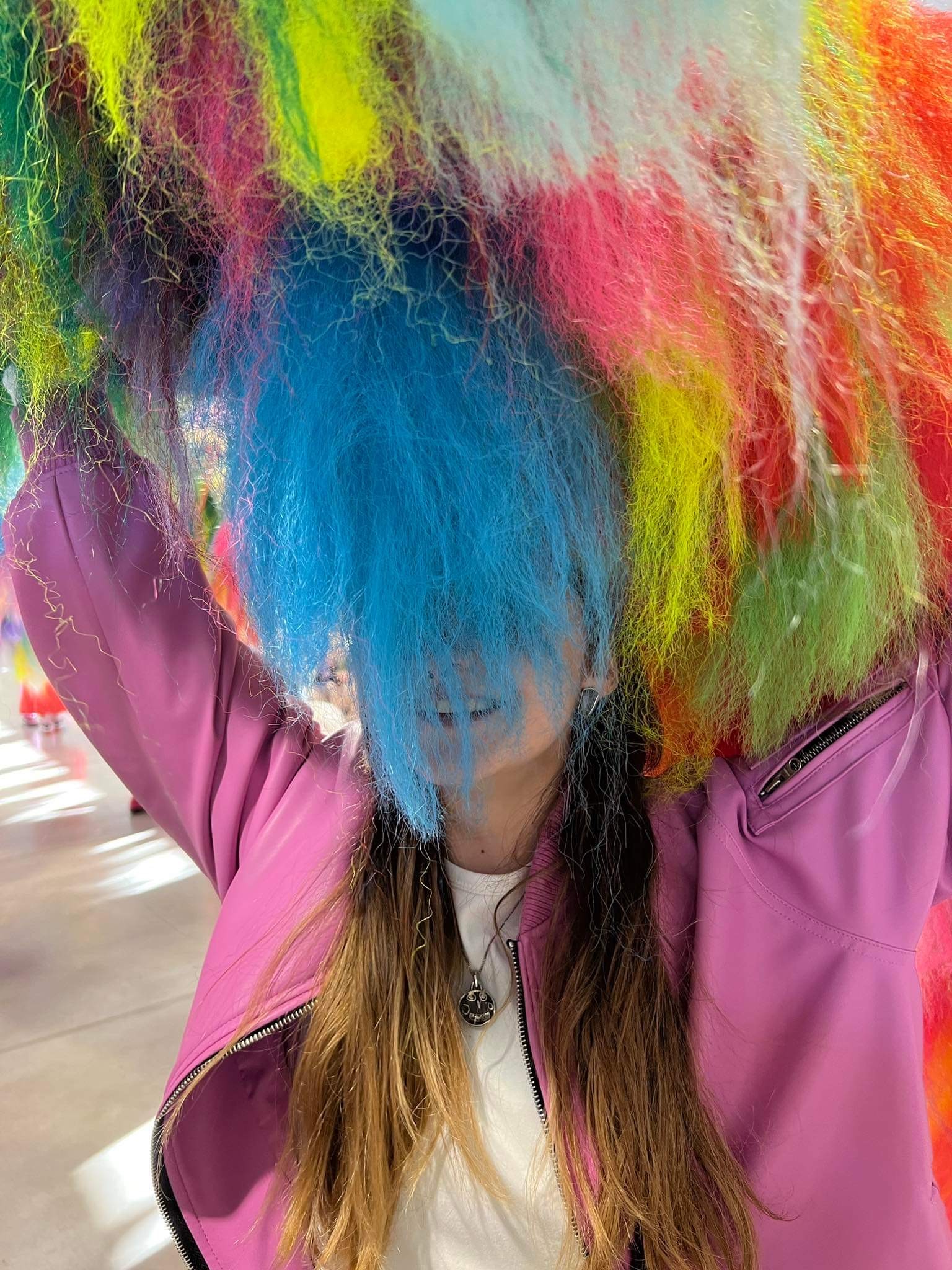“HARIDUSLIKU ERIVAJADUSEGA ÕPILASE TOETAMINE LOOVTANTSU TUNNIS” (Juhendaja Anu Sööt)
LÜHIÜLEVAADE: Hariduslike erivajadustega (HEV) laste ja õpilaste arv lasteaedades ja koolides on kasvamas. Loovtants teraapiana sobib avardava meetodina kõigile, sealhulgas õpiraskustega, puuete ja käitumishäiretega lastele. Läbi tantsu ja liikumise on võimalik arendada laste emotsionaalset, vaimset ja füüsilist tervist.
Minu lõputöö eesmärgiks oli uurida, kuidas toetada HEV õpilase käitumist loovtantsu tundides ja kuidas teda kaasata tegevustesse muutmata tunni struktuuri ja teiste õpilaste õppimiskiirust.
Uurimisobjektiks oli lasterühm vanuses 9–12 aastat, kus õppis ka üks HEV laps. Juhendasin loovtantsu tunde, mis toimusid kaks korda nädalas kestusega 70 minutit. Uurimisperioodi pikkuseks oli 9 kuud. Meetodina kasutasin kogemuspäevikut, kus jälgisin HEV lapse tegevusi ja arengut tundides. Analüüsisin HEV lapsega seotud probleemseid situatsioone ja oma toimetulekut nendes olukordades.
Kogemuspäeviku analüüsist selgus, et HEV õpilase arengus mängisid loovtantsu tundides kõige olulisemat rolli rühmatöö kasutamine, tugiisiku kohalolek tundides, õpiväljundite kohandamine, õpetaja kiire reageerimisoskus ja paindlikkus tundides, keskkondlike ja individuaalsete takistustega arvestamine.
Linda Tusti
Lõputöö autor
TÜ Viljandi kultuuriakadeemia
LÄBITUD ÕPPEKAVA: Tantsukunst
SUMMARY: The number of special education needs (SEN) children in kindergartens and schools is constantly increasing. Creative dance as a therapy is suitable for everyone, including children with learning disabilities, physical disabilities and behavioral disorders. Through dance and movement it is possible to develop the emotional, mental and physical health of children.
The aim of the thesis was to study how to support the development of SEN students in creative dance classes and how to involve them into activities without changing the structure of lessons and the learning speed of other students.
The subject of the research was a group of children aged 9–12 years, attending creative dance lessons. There was one SEN student in the group. The author of the thesis carried out all classes of creative dance (2 times a week for 70 minutes). The investigation period was 9 months. A work-experience-diary was used as a research method. The activities and development of the SEN student in creative dance classes was analyzed. Problem situations and the ability of a teacher to cope with a SEN student was also assessed.
The analysis of the work-experience-diary revealed that the most important measures to support a SEN child development were the usage of teamwork, the presence of a LSA (learning support assistant) in classes, the adaptation of learning outcomes, the quick response and flexibility of the teacher in the classroom, consideration of environmental and individual barriers.




